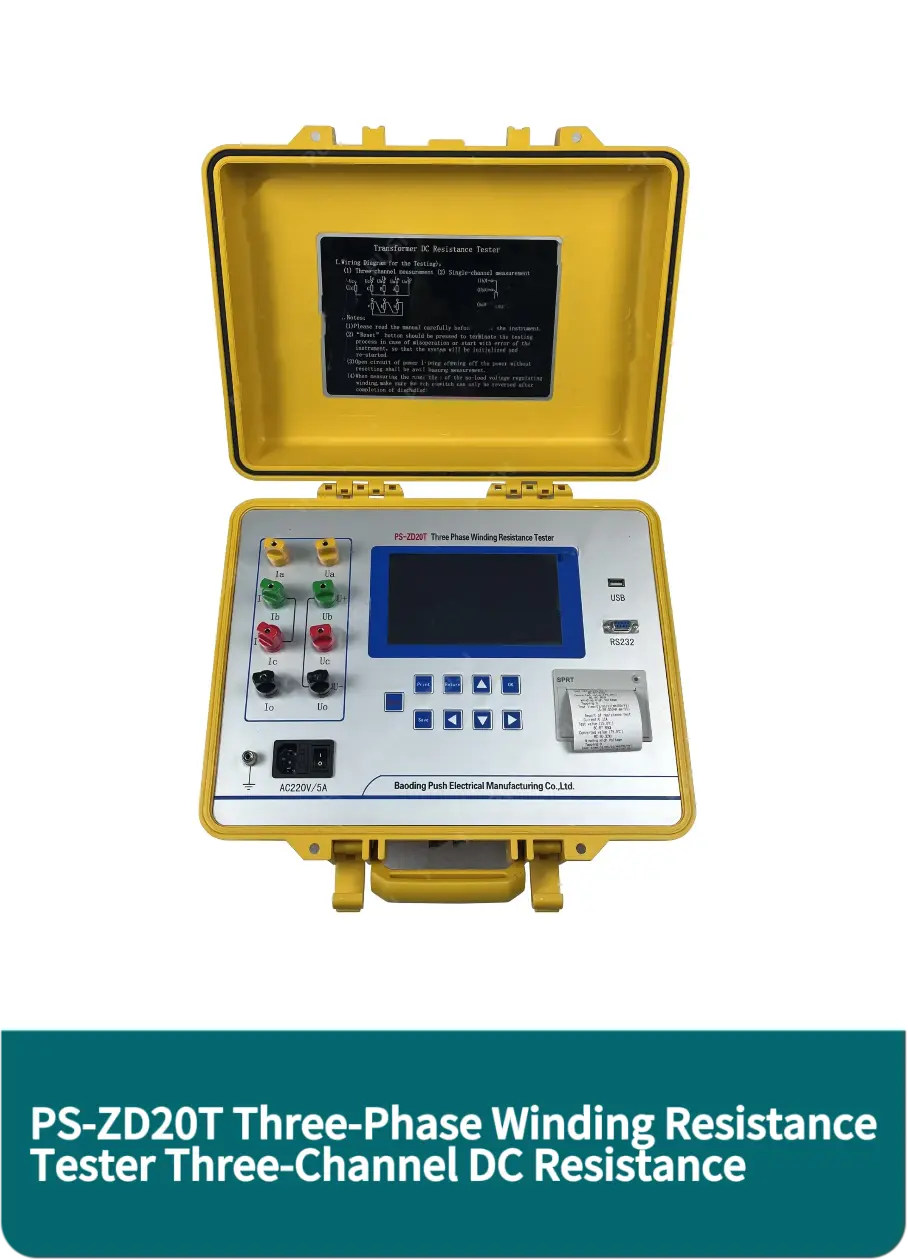 English
English



-
 Afrikaans
Afrikaans -
 Albanian
Albanian -
 Amharic
Amharic -
 Arabic
Arabic -
 Armenian
Armenian -
 Azerbaijani
Azerbaijani -
 Basque
Basque -
 Belarusian
Belarusian -
 Bengali
Bengali -
 Bosnian
Bosnian -
 Bulgarian
Bulgarian -
 Catalan
Catalan -
 Cebuano
Cebuano -
 China
China -
 China (Taiwan)
China (Taiwan) -
 Corsican
Corsican -
 Croatian
Croatian -
 Czech
Czech -
 Danish
Danish -
 Dutch
Dutch -
 English
English -
 Esperanto
Esperanto -
 Estonian
Estonian -
 Finnish
Finnish -
 French
French -
 Frisian
Frisian -
 Galician
Galician -
 Georgian
Georgian -
 German
German -
 Greek
Greek -
 Gujarati
Gujarati -
 Haitian Creole
Haitian Creole -
 hausa
hausa -
 hawaiian
hawaiian -
 Hebrew
Hebrew -
 Hindi
Hindi -
 Miao
Miao -
 Hungarian
Hungarian -
 Icelandic
Icelandic -
 igbo
igbo -
 Indonesian
Indonesian -
 irish
irish -
 Italian
Italian -
 Japanese
Japanese -
 Javanese
Javanese -
 Kannada
Kannada -
 kazakh
kazakh -
 Khmer
Khmer -
 Rwandese
Rwandese -
 Korean
Korean -
 Kurdish
Kurdish -
 Kyrgyz
Kyrgyz -
 Lao
Lao -
 Latin
Latin -
 Latvian
Latvian -
 Lithuanian
Lithuanian -
 Luxembourgish
Luxembourgish -
 Macedonian
Macedonian -
 Malgashi
Malgashi -
 Malay
Malay -
 Malayalam
Malayalam -
 Maltese
Maltese -
 Maori
Maori -
 Marathi
Marathi -
 Mongolian
Mongolian -
 Myanmar
Myanmar -
 Nepali
Nepali -
 Norwegian
Norwegian -
 Norwegian
Norwegian -
 Occitan
Occitan -
 Pashto
Pashto -
 Persian
Persian -
 Polish
Polish -
 Portuguese
Portuguese -
 Punjabi
Punjabi -
 Romanian
Romanian -
 Russian
Russian -
 Samoan
Samoan -
 Scottish Gaelic
Scottish Gaelic -
 Serbian
Serbian -
 Sesotho
Sesotho -
 Shona
Shona -
 Sindhi
Sindhi -
 Sinhala
Sinhala -
 Slovak
Slovak -
 Slovenian
Slovenian -
 Somali
Somali -
 Spanish
Spanish -
 Sundanese
Sundanese -
 Swahili
Swahili -
 Swedish
Swedish -
 Tagalog
Tagalog -
 Tajik
Tajik -
 Tamil
Tamil -
 Tatar
Tatar -
 Telugu
Telugu -
 Thai
Thai -
 Turkish
Turkish -
 Turkmen
Turkmen -
 Ukrainian
Ukrainian -
 Urdu
Urdu -
 Uighur
Uighur -
 Uzbek
Uzbek -
 Vietnamese
Vietnamese -
 Welsh
Welsh -
 Bantu
Bantu -
 Yiddish
Yiddish -
 Yoruba
Yoruba -
 Zulu
Zulu
dc hipot
Understanding DC Hipot Testing An Essential Tool for Electrical Safety
In the world of electrical engineering and maintenance, ensuring the safety and reliability of electrical systems is of utmost importance. One of the critical testing methods employed to assess the insulation integrity of electrical equipment is the DC hipot test, or direct current high potential test. This article will delve into what DC hipot testing entails, its importance in the industry, and best practices for conducting these tests safely and effectively.
What is DC Hipot Testing?
DC hipot testing is a diagnostic procedure used to evaluate the insulation quality of electrical devices and circuits. It involves applying a high DC voltage, much higher than the normal operating voltage, to the equipment under test (EUT) while measuring the leakage current. The purpose of this test is to verify that the insulation can withstand the intended electrical stress without breaking down, which could lead to faults or safety hazards.
Typically, the test voltage can range from 500 volts to several thousand volts, depending on the specifications and requirements of the device being tested. The duration of the test is usually short, often lasting from 1 minute to several minutes, to prevent any potential damage to the insulation materials.
Importance of DC Hipot Testing
1. Safety Assurance DC hipot testing is crucial for identifying weaknesses in insulation that could lead to electrical shock or fires. Ensuring that equipment meets safety standards protects not only the equipment but also personnel who operate or maintain it.
2. Quality Control Manufacturers use DC hipot tests to ensure that their products are reliable and safe for end-users. Passing this test is often a requirement for compliance with industry regulations and standards, such as the IEC and UL certifications.
3. Preventive Maintenance Regular DC hipot testing can be a part of a proactive maintenance strategy that helps in identifying insulation degradation over time. By catching potential issues early, organizations can avoid costly failures and downtime.
dc hipot

4. Diagnostic Tool If equipment fails a DC hipot test, it can provide valuable insight into insulation issues. This allows engineers to diagnose problems and address them effectively to maintain system integrity.
Best Practices for Conducting DC Hipot Tests
1. Preparation Before conducting a DC hipot test, ensure that the equipment is isolated and that all personnel are aware of the test. Proper labeling and communication are essential to maintain safety.
2. Equipment Setup Use the right DC hipot tester calibrated for the specific voltage and current ratings needed for the test. Ensure that all connections are secure and that the tester is in proper working condition.
3. Monitor and Record Data While performing the test, continuously monitor the leakage current. Record the results accurately, as this data will be vital for analysis and future reference.
4. Follow Safety Protocols High voltages pose serious risks, so it’s crucial to adhere to safety guidelines. Use personal protective equipment (PPE) and ensure that all bystanders are at a safe distance.
5. Post-Test Procedures After completing the test, discharge any capacitance in the equipment safely to avoid shock hazards. Review the test results and take appropriate actions based on the findings.
Conclusion
DC hipot testing is a fundamental practice in evaluating the insulation integrity of electrical equipment. Its significance in ensuring safety, compliance, and reliability cannot be overstated. By adopting best practices and employing rigorous testing methods, engineers can uphold high safety standards and enhance the performance of electrical systems. Whether in manufacturing, maintenance, or design, understanding and effectively implementing DC hipot testing will lead to safer and more reliable electrical applications.
-
Testing Equipment Industry Sees Major Advancements in 2025: Smart & Precision Technologies Lead the WayNewsJun.06,2025
-
Applications of Direct Current Generators in Renewable Energy SystemsNewsJun.05,2025
-
Hipot Tester Calibration and Accuracy GuidelinesNewsJun.05,2025
-
Digital Circuit Breaker Analyzer Features and BenefitsNewsJun.05,2025
-
Benefits of Real-Time Power Quality Monitoring Devices for Industrial EfficiencyNewsJun.05,2025
-
Earth Fault Loop Testing in High-Rise Building Electrical SystemsNewsJun.05,2025



